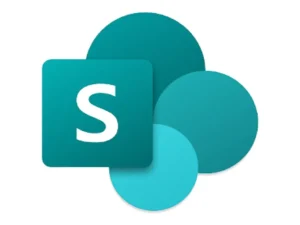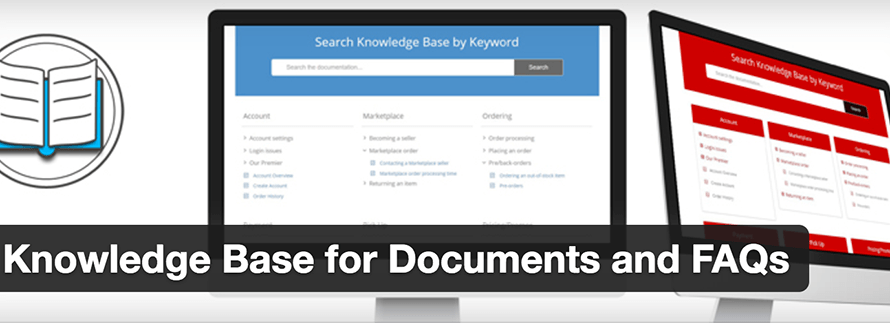Introduction:
Microsoft SharePoint is a popular web-based collaborative platform that enables organizations to create, manage, and share content, documents, and information within a team or across an entire organization. It is a platform that offers many features and benefits to help organizations improve their productivity, communication, and collaboration.
In this blog, we will discuss what Microsoft SharePoint is, its features and benefits, and how it can help organizations achieve their business goals.

What is Microsoft SharePoint?
Microsoft SharePoint is a web-based platform that was launched in 2001 as a content management system. Since then, it has evolved into a collaborative platform that enables organizations to share and manage information and documents. SharePoint is a part of the Microsoft Office suite and is available in both on-premise and cloud-based versions.
SharePoint allows organizations to create, manage, and share documents, lists, and web pages, and provides features for collaborating on content, managing workflows, and automating business processes. SharePoint also integrates with other Microsoft applications, such as Outlook and Teams, to provide a seamless experience for users.
Features of Microsoft SharePoint
- Document management: SharePoint provides a central location for storing and managing documents. It allows users to create, upload, and edit documents and provides version control, so users can track changes to a document over time.
- Collaboration: SharePoint enables teams to collaborate on documents and projects in real-time. It provides features such as co-authoring, which allows multiple users to edit a document simultaneously.
- Workflow automation: SharePoint provides tools for automating workflows and business processes. It allows organizations to streamline their workflows, reduce errors, and increase efficiency.
- Customization: SharePoint is highly customizable, and organizations can create custom lists, web pages, and workflows to meet their specific needs.
- Integration: SharePoint integrates with other Microsoft applications, such as Outlook and Teams, to provide a seamless experience for users. It also integrates with third-party applications and services.
Benefits of Microsoft SharePoint:
Microsoft SharePoint is a popular collaboration and document management platform used by organizations worldwide. Some of the benefits of using SharePoint include:
- Improved collaboration: SharePoint allows teams to collaborate more efficiently, enabling them to work together on documents, projects, and tasks from any location.
- Document management: SharePoint provides a centralized repository for storing and managing documents, making it easy to search, access, and share information.
- Customizable workflows: SharePoint allows users to create and customize workflows, enabling them to automate business processes and streamline workflows.
- Integration with other Microsoft products: SharePoint integrates with other Microsoft products, such as Office 365, Outlook, and OneDrive, making it easy to access and work with data from various sources.
- Enhanced security: SharePoint includes robust security features that protect sensitive information and data from unauthorized access, ensuring compliance with regulatory requirements.
- Mobile access: SharePoint can be accessed from any device, including smartphones and tablets, allowing users to work from anywhere.
- Business intelligence: SharePoint includes business intelligence tools that enable users to create dashboards, reports, and other analytics to help drive decision-making.
Uses of Microsoft SharePoint:
Microsoft SharePoint is a versatile platform that can be used for a variety of purposes in different industries. Some of the common uses of Microsoft SharePoint include:
- Document Management: SharePoint can be used as a centralized repository for storing and managing documents, making it easy to search, access, and share information.
- Collaboration: SharePoint enables teams to work together on documents, projects, and tasks from any location, improving collaboration and communication.
- Project Management: SharePoint includes tools for managing projects, enabling teams to track project status, assign tasks, and monitor progress.
- Intranet Portal: SharePoint can be used to create a company intranet portal, providing employees with access to company news, policies, and other resources.
- Knowledge Management: SharePoint can be used as a knowledge management system, enabling organizations to capture and share knowledge, best practices, and other information.
- Business Intelligence: SharePoint includes business intelligence tools that enable users to create dashboards, reports, and other analytics to help drive decision-making.
- Workflow Automation: SharePoint includes customizable workflows, enabling organizations to automate business processes and streamline workflows.
- Records Management: SharePoint can be used for records management, enabling organizations to store, manage, and archive records in compliance with regulatory requirements.

